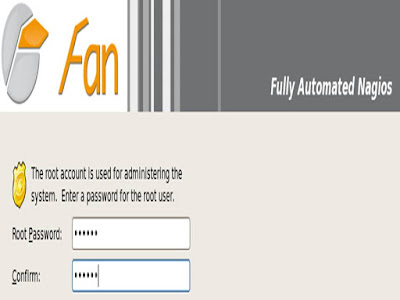Fully Automated Nagios or FAN Nagios is the Free Network Monitoring System based on open source Nagios Core.Front End Used “Centreon Front End“. We have try to make it easy to understand and install FAN Nagios for our readers.Lets enjoy the installation and let us know your experience for Fully Automated Nagios installation and inform us in comment Box.
About Fully Automated Nagios (FAN Nagios)
FAN (Fully Automated Nagios) is a Nagios based network monitoring system which
Installed on CentOS including centreon frontend.
License: GNU
FAN distribution is a ready disk image
This document is based on,
FAN stable version 2.4
Nagios version 3.4.4
Centreon 2.4.1
Negvis 1.7.6
Centos 5.9
To Download FAN Nagios 32 – bit distribution Click Here
To Download FAN Nagios 64 – bit distribution Click Here
System requirements
Minimum system requirements
4 GB free disk space
1 GB of RAM.
1 processor core
Recommended system requirements
20 GB plus the required disk space recommended essentials for /var. Disk space needed by mysql and rrd files
2 processors core or hyper-thread for each virtualized CPU.
2 GB of RAM.
Virtualization
You can install FAN on VMware ESX 3.5 or vSphere 4.1, but it is not recommended for large perimeters
(1000 hosts and 5000 services for example). However we recommend using one vCPU.
After down loading .ISO file , start booting It.

Select your Language. Then Keyboard Type.

Choose required partition.

Swap partition should be more than 1.5 % of RAM
Allocate atleast 60 GB of HDD space for data retention of 3 months.
Select a Map Region.

Set your root password.

After installation, reboot the system.
Install Updates:
Command: yum update
Application Access:
Nagios: http://fanserverip/nagios
Centreon: http://fanserveripcentreon
Nagvis: http://fanserverip/nagvis
Note: Stop IPtables service or add exception
Is this helpful ?We are eager to hear from you in comment box ?


Thanks !